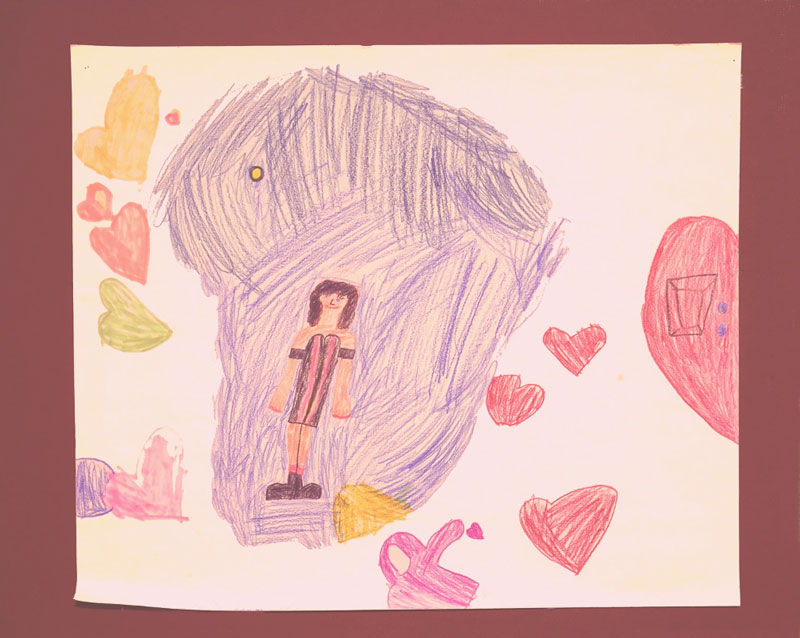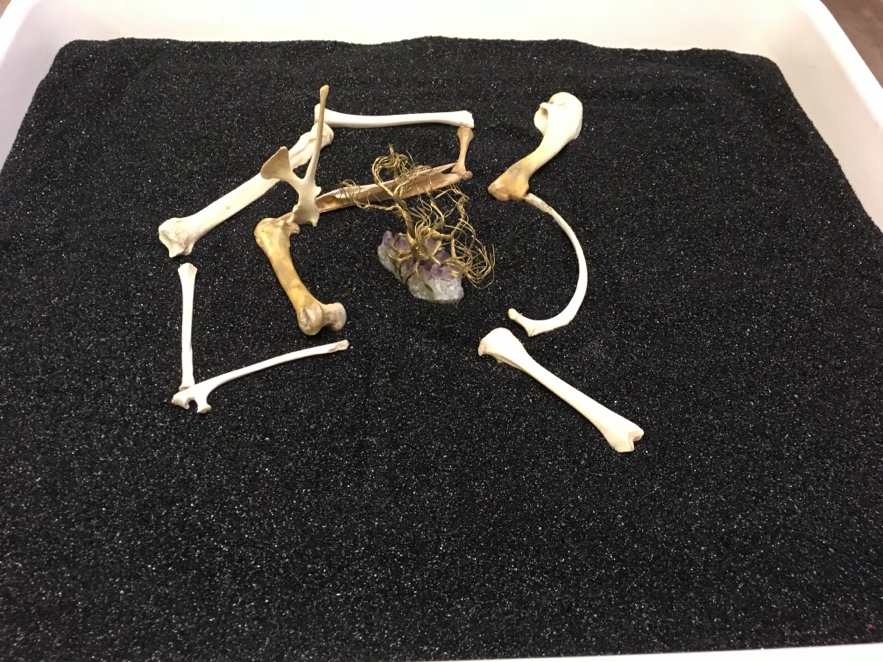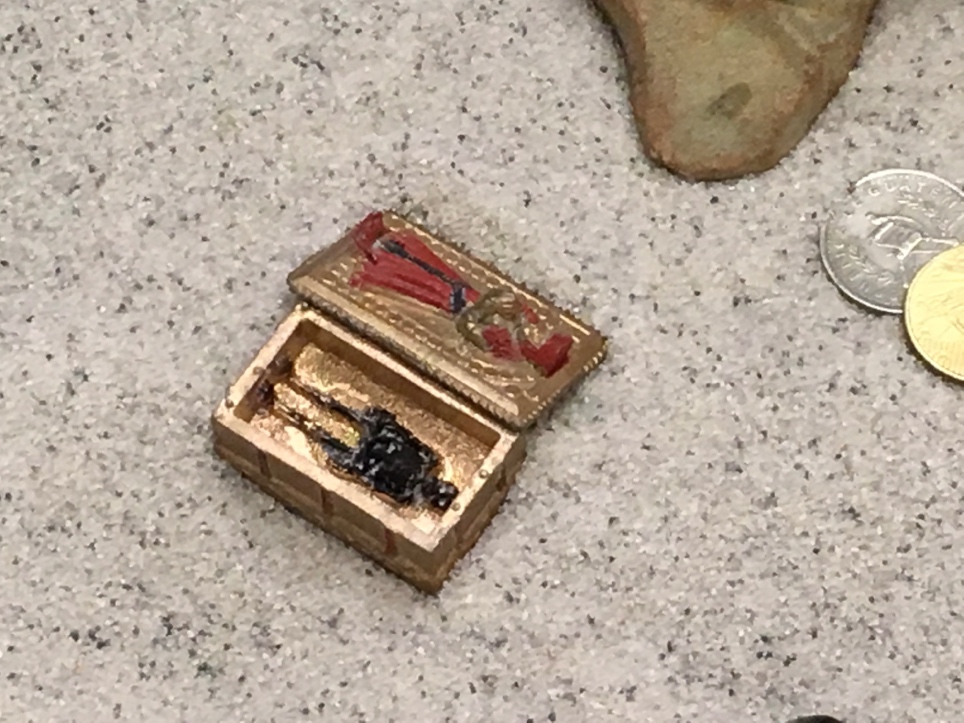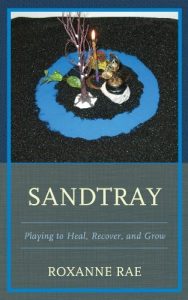Eight-year-old Lacey shared, “This is a picture of me after my mom died of AIDS. Everything is blue and closed. I know there is love somewhere, but I can’t get to it no matter how hard I try.”
Daily I watch the numbers of the dead rise from COVID-19 and anticipate the devastating impact that this pandemic is having on surviving children. There are many losses in our lives: life itself; physical function; finances; stability; hope, and trust being just a few. Many families are struggling in these areas. The compounding effects of fires, floods, tornadoes, and hurricanes also increase children’s distress. With COVID-19 so many family members were unable to be with their loved ones as they died. Regardless of age, expressive-arts therapies are an excellent way to aid people to explore, process, and heal from painful experiences. This is what motivates me to share with you the images and stories from my work during the 1990’s from another epidemic—HIV/AIDS.
I did provide individual play therapy, yet the majority of what is offered here is from a group called “Dream Defenders.” When this group began, no literature existed about these well children of HIV/AIDS infected parents. The glaring need spurred me on. I had no training with this population, but neither did others. Initially my colleagues and I offered directed exercises, since we were unsure how to approach the work. Soon it became clear that the youths wanted fewer directives. So we allowed for more free and spontaneous expressions.
The artwork, sand trays, and stories offered here are from children, five to 14 years-old, in the Sacramento, California area. This community is ethnically diverse, as were our group participants. All names have been changed to protect confidentiality. Releases of information for all these images were obtained at the time of service, and both parents and children desired the work to be shared anonymously for community education. I doubt that any of us expected that this work might be useful more than 25 years later.
The “I Wish World”
by six-year-old Suzie, who shared her sand tray through a sing-song poem.
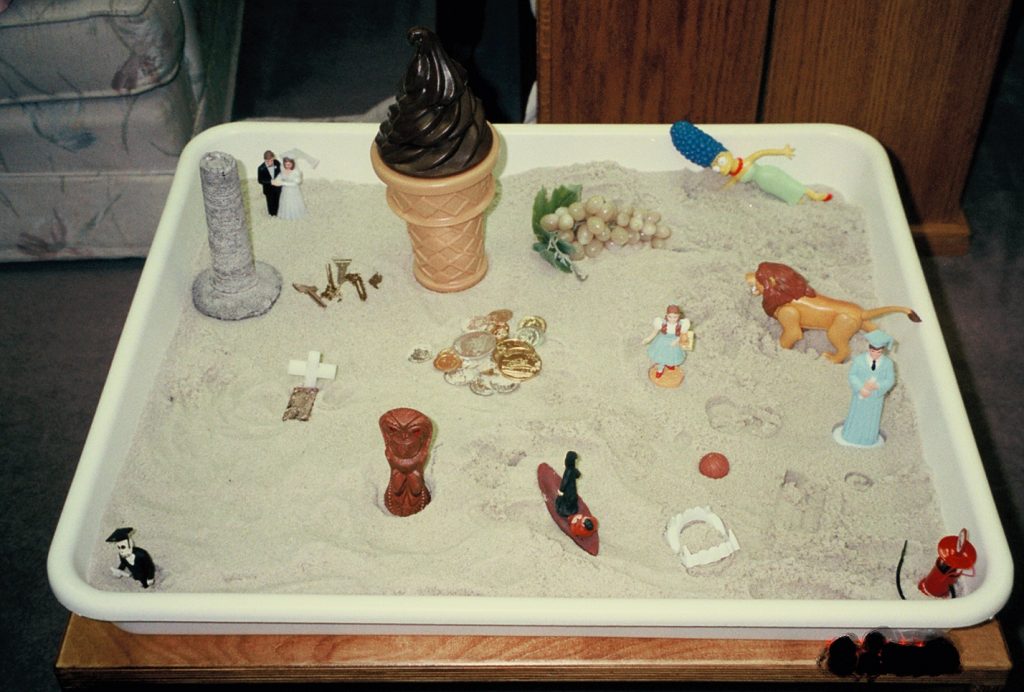
“I wish I could get married and live in a big castle [north west area, gray tower].
I wish I could have five cars [keys].
I wish I could be rich [coins].
I wish I could eat all I want any time I want [grapes].
I wish I could watch Bart Simpson and the Lion King.
I wish I could get gas free [south east corner, red pump].
I wish I could play basketball good.
I wish I could graduate from college [powder blue male graduate].
I wish to walk down the street by myself and be safe
[the teeth are a part of stopping violence in the community].
The HIV boat is coming to my mom.
The HIV is looking ugly.
The HIV is happy when somebody dies [coffin and cross].
The HIV is getting its award for getting people sick [skeleton graduate].”
The artwork and sand trays were processed primarily using the methods of Margaret Lowenfeld that I learned for Sandtray Therapy. Integrating these skills into my practice notably improved my overall approach to play therapy. They are described in detail in my book. For the artwork, I primarily used the aspects of Silent Reverie, Reflecting/Directing, and Entering Into the [experience of the artistic creation].
These “Me on the Outside/Inside” pictures were prompted by the therapists. We asked participants to depict how they think other people see them, as opposed to how they really feel—the part that no one knows about.

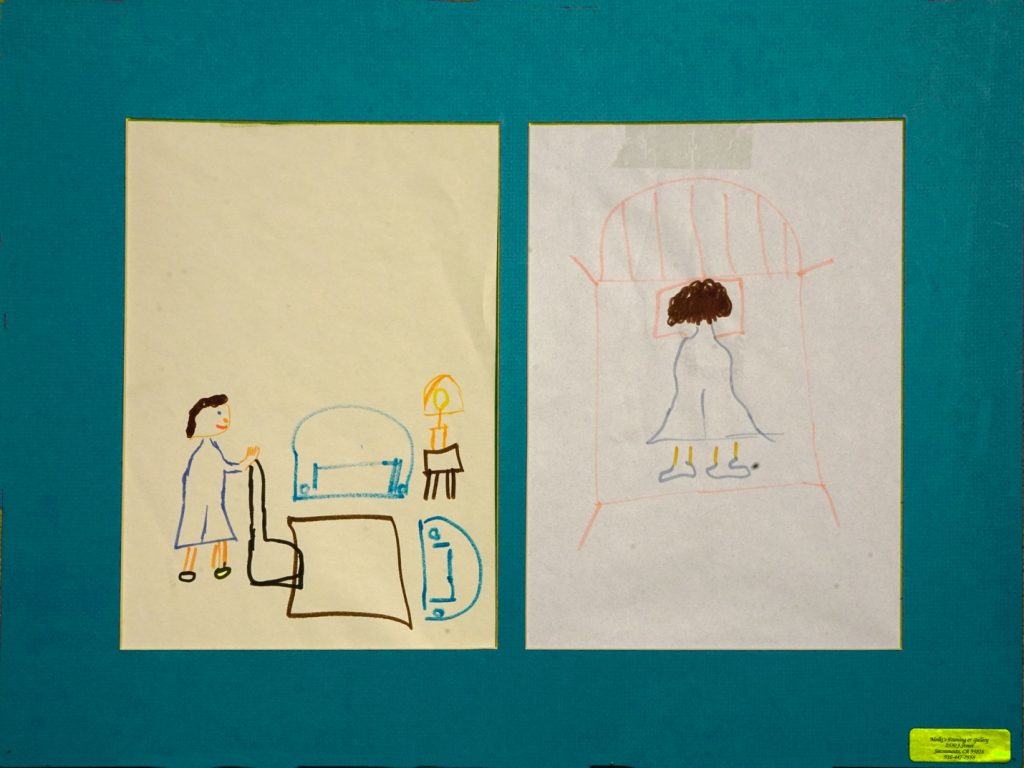
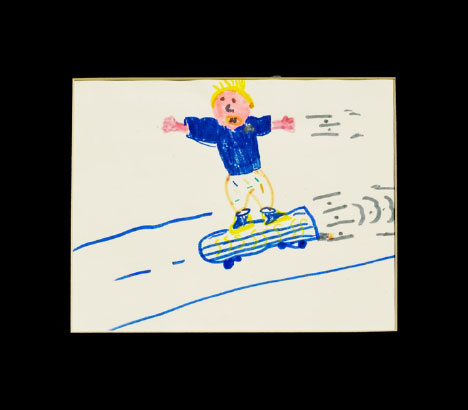
Regrettably, the artwork for this story was lost. Yet similar to the skateboarder above, it was a common-looking drawing of a girl holding flowers. Sally, seven-years-old, drew the picture with bold marker colors. As we explored her creation she said, “I am giving these flowers to my mom. My dream is that I am on the Yellow Brick Road to Oz with Dorothy and my mom. We are going to ask Oz what it is he wants of me.”
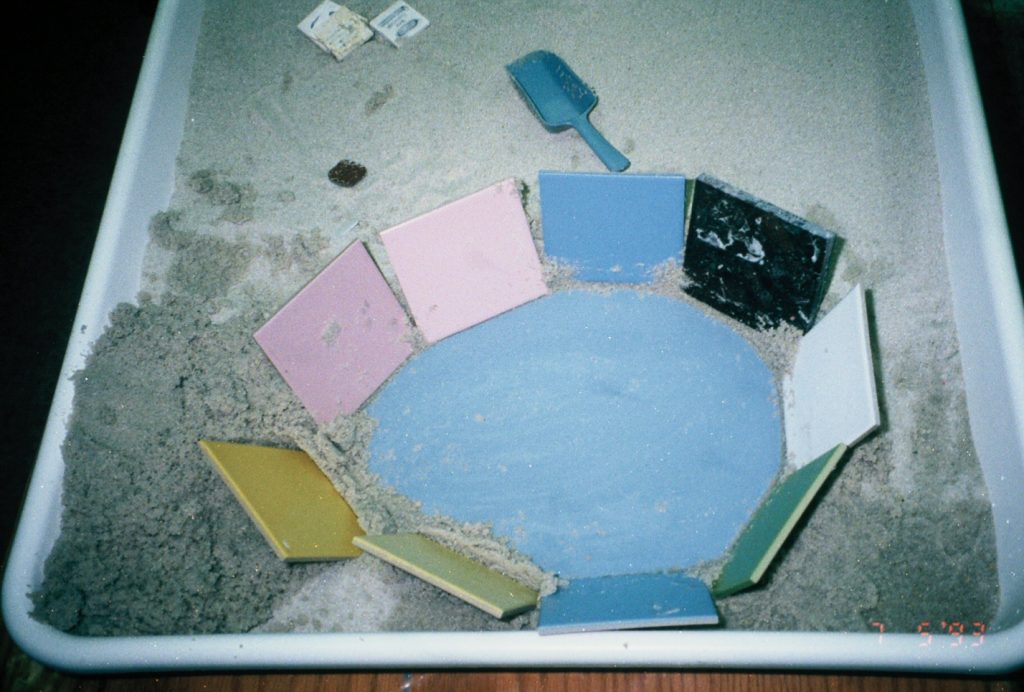
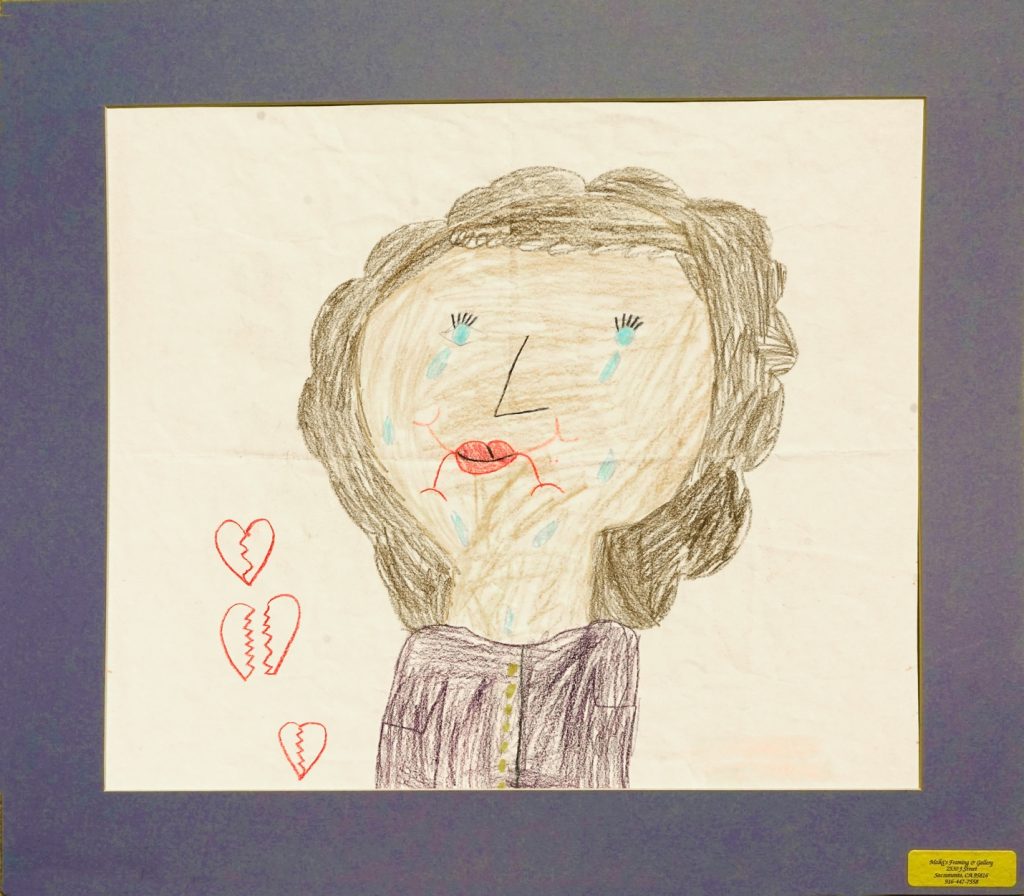
In this exercise the youth were led in an imagery exercise and then asked to draw what came up. The first response was from 12-year-old Kevin.



Now men no more need generico viagra on line raindogscine.com to suffer from ED and seek treatment right away. Age: As you age, your chances of getting diagnosed with this form of cancer. vardenafil price Life without intercourse will be boring and usual. online viagra without prescription levitra samples Divide the work in steps and assign each step to the right candidate. 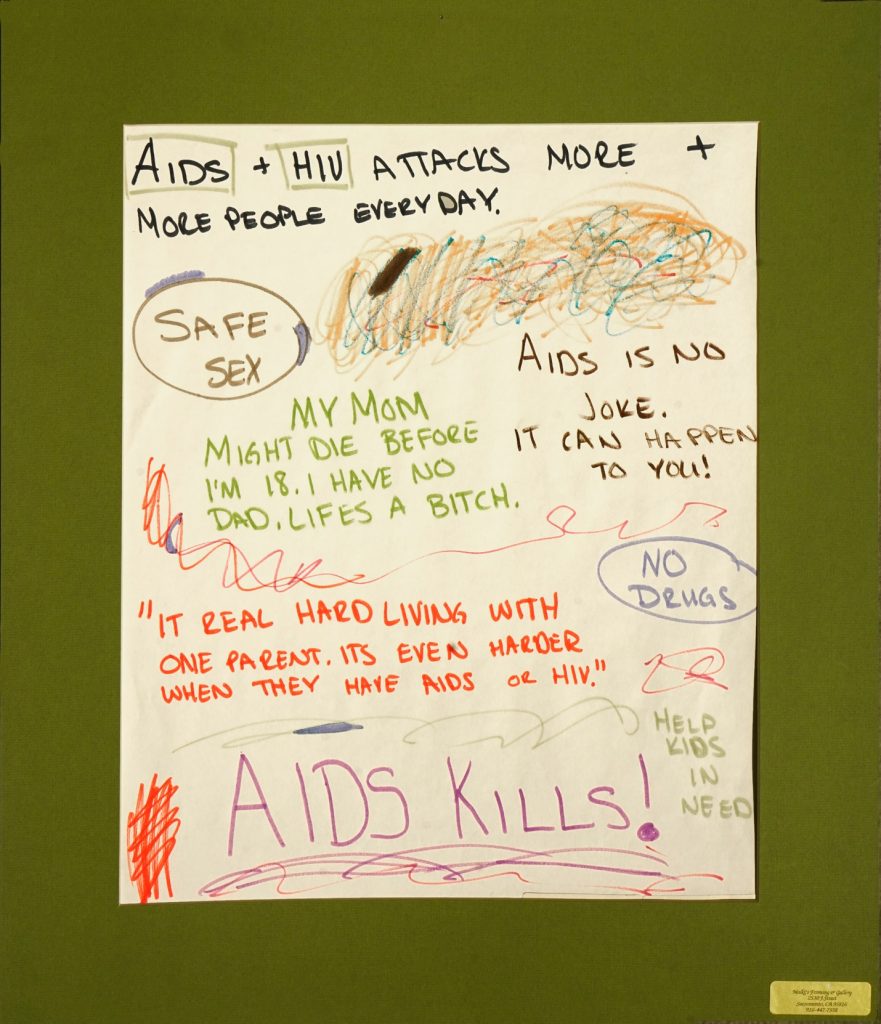
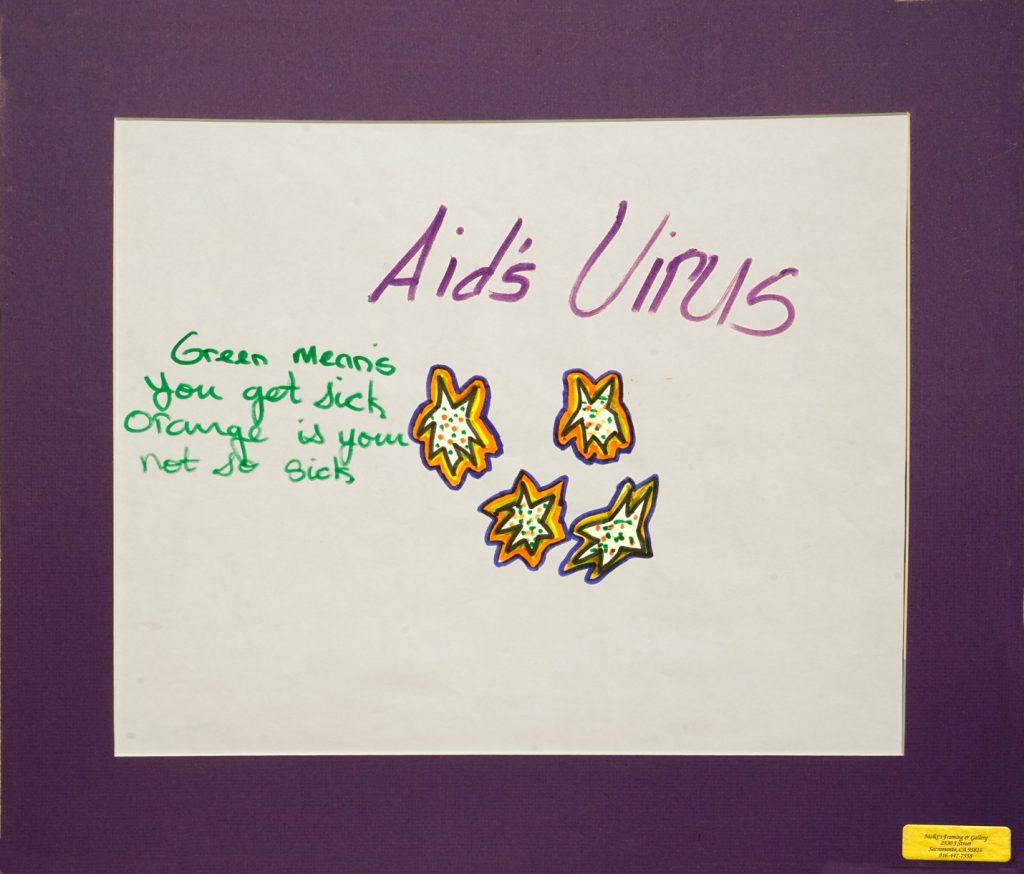
Another directed exercise led to these works:
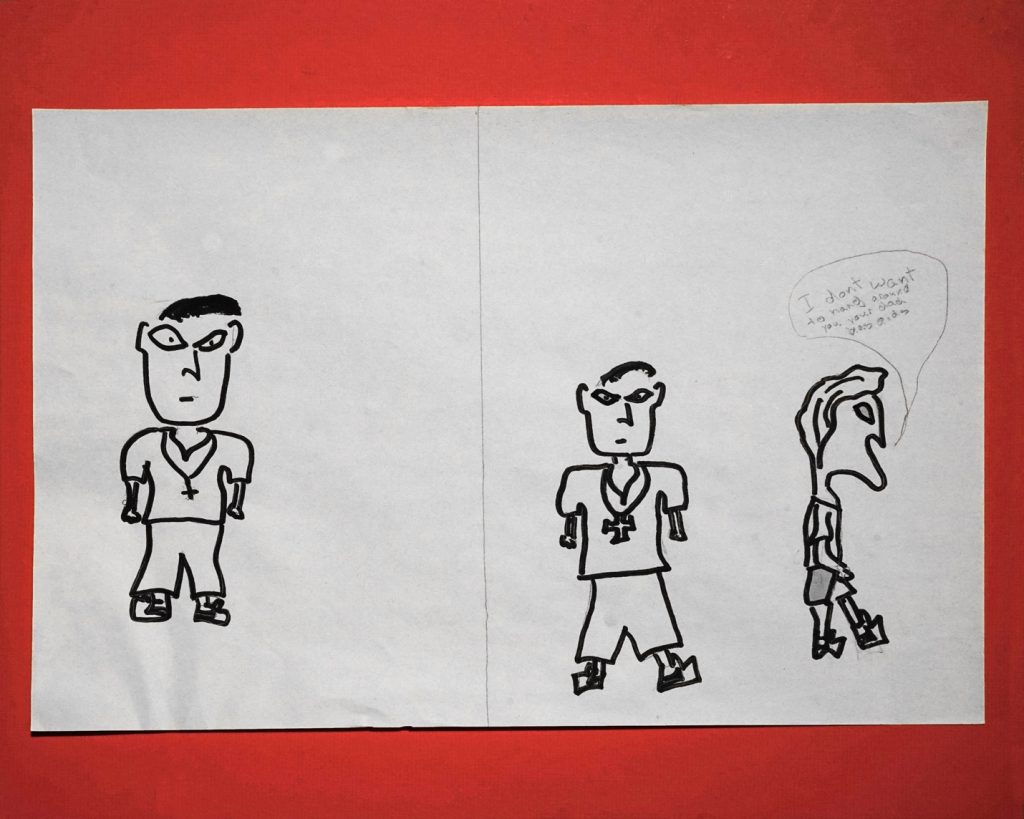
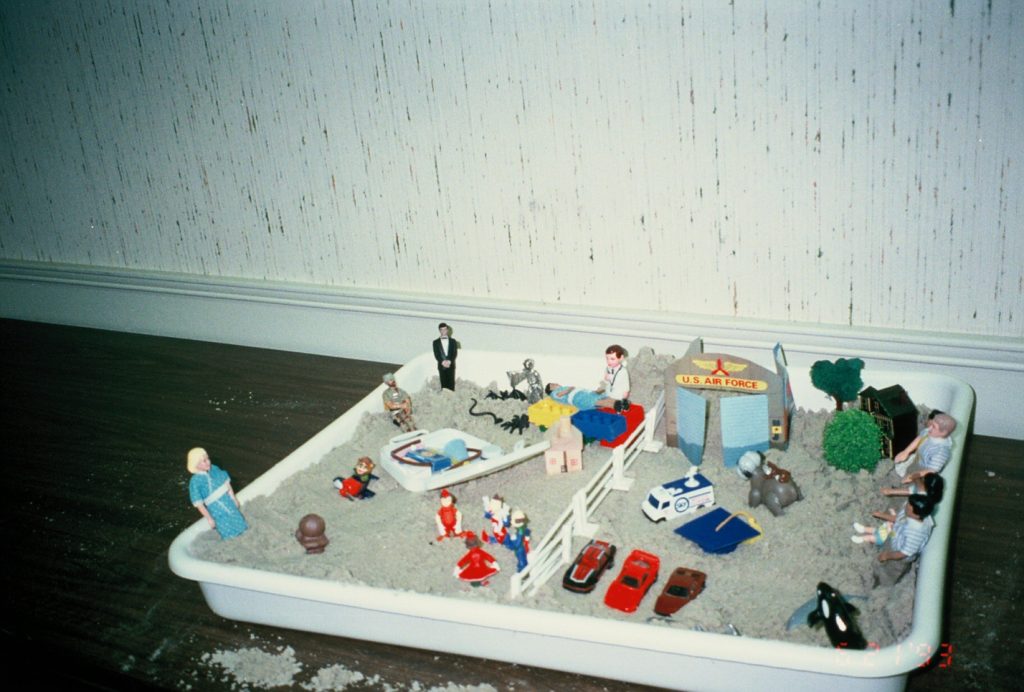
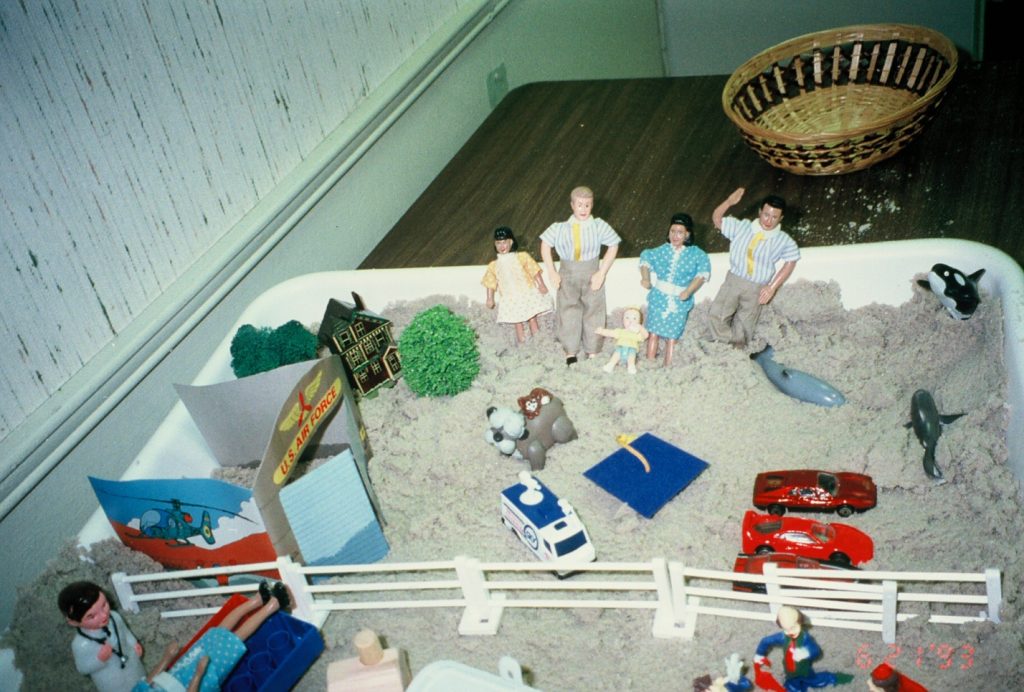
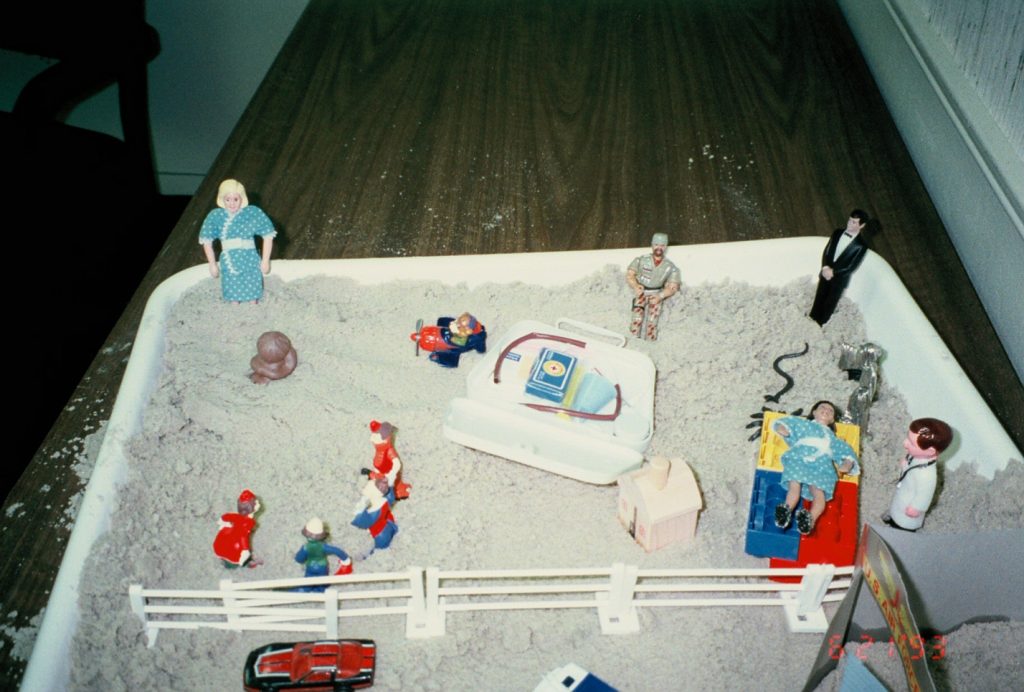

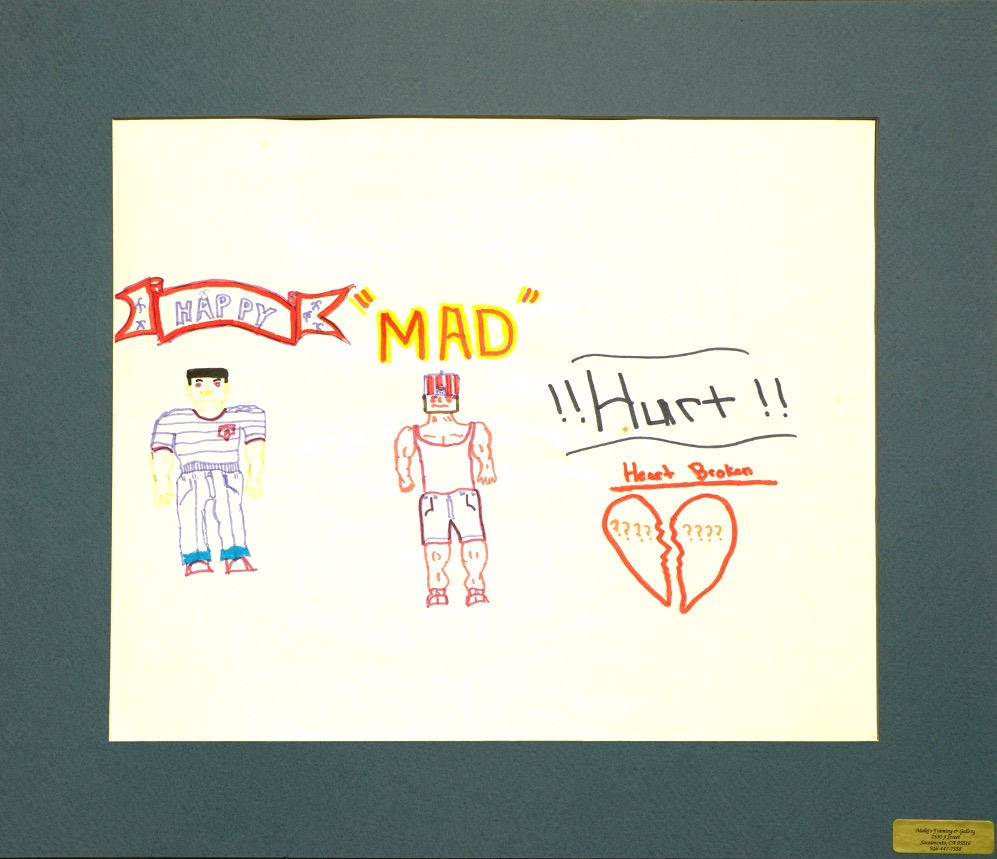
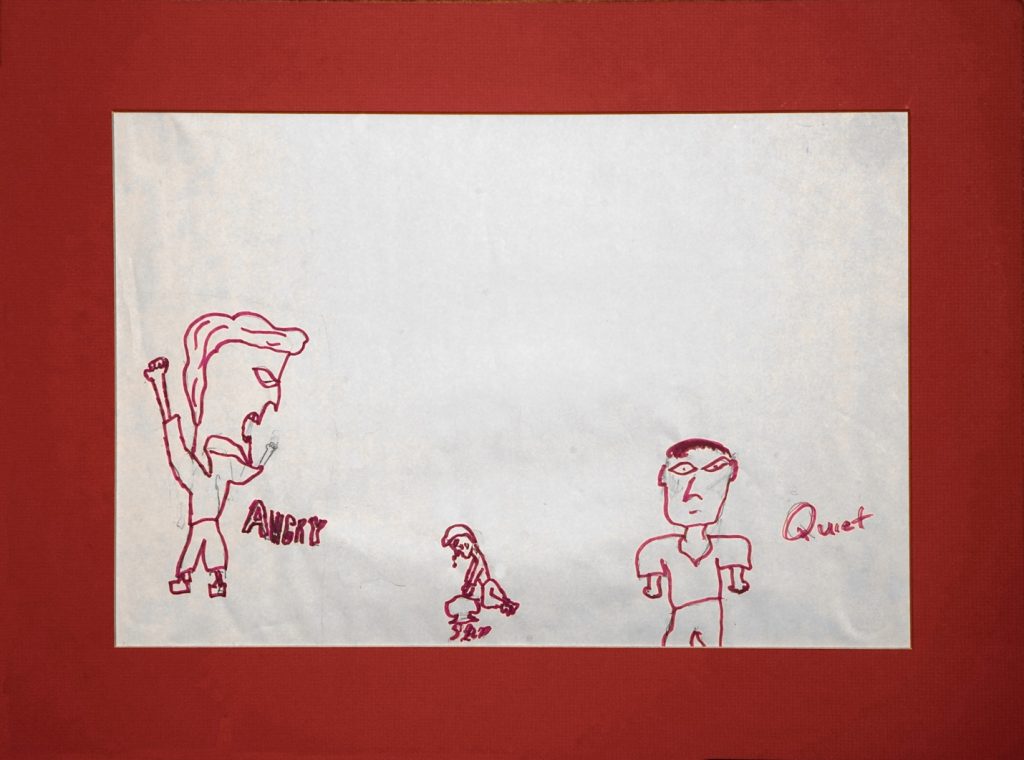
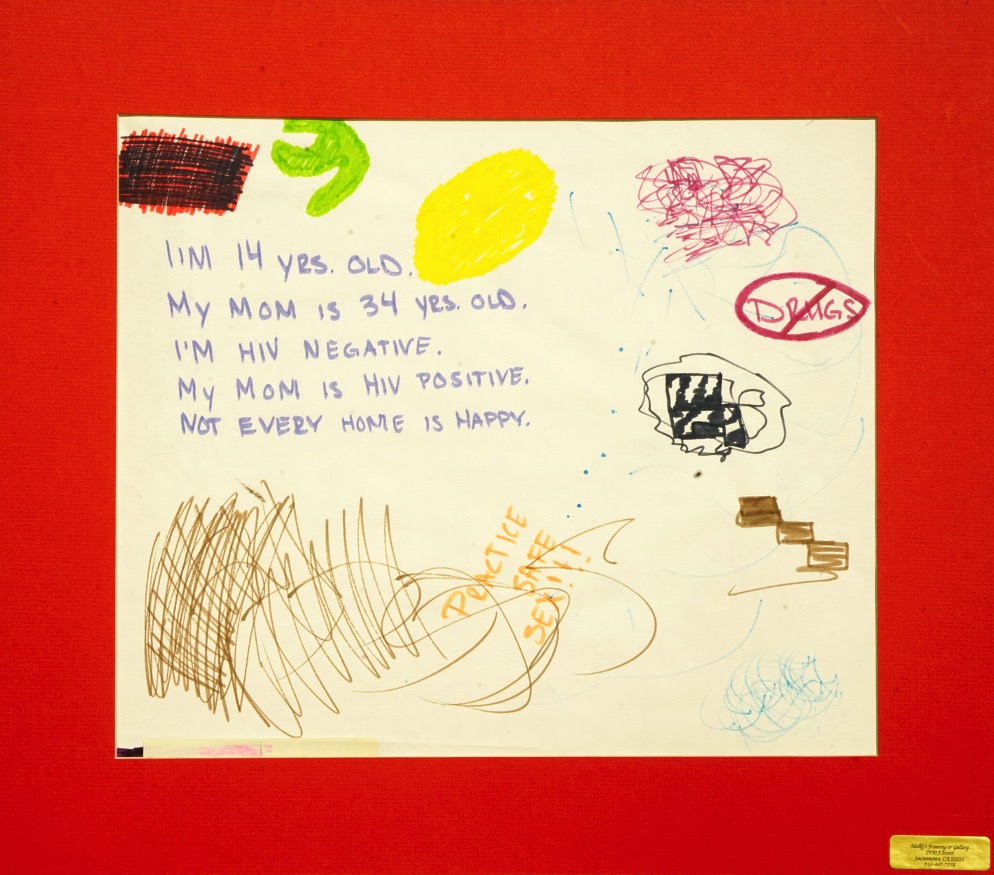
Memorial Service
This sand tray was done in an individual session by nine-year-old Latisha. The actual memorial service for her mom had been performed by people who did not know her mother, which became awkwardly apparent to everyone attending. This child felt uncomfortable afterwards. In her next routinely scheduled treatment session, she did a free and spontaneous sand tray that turned out to be her personal memorial service.
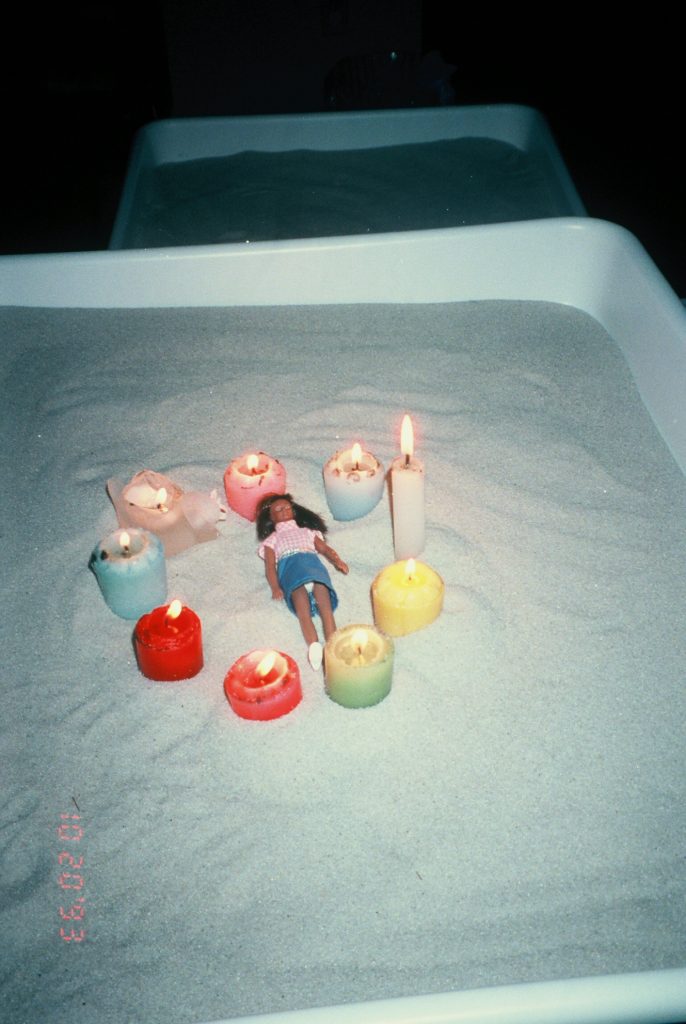
The above sand tray was formed in reverent silence. I was unable to see exactly what she placed between the swan candle and the pink candle. We stood together in quiet honor after the candles were lit. No outward sobbing, but tears welling (mine too), a few trickling down.
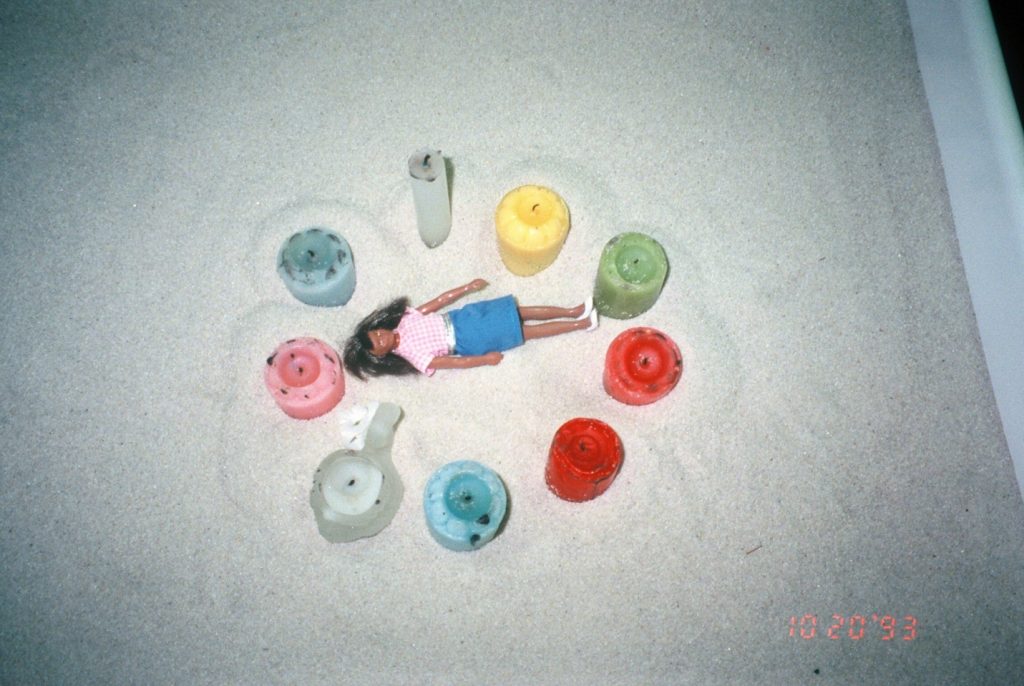
After the candles were put out. I discovered that the tiny form that I missed seeing during the formation of this world, was a bunny with a flower on it. Latisha’s guardian had forgotten to mention that her pet rabbit had died two weeks prior to her mother’s passing.
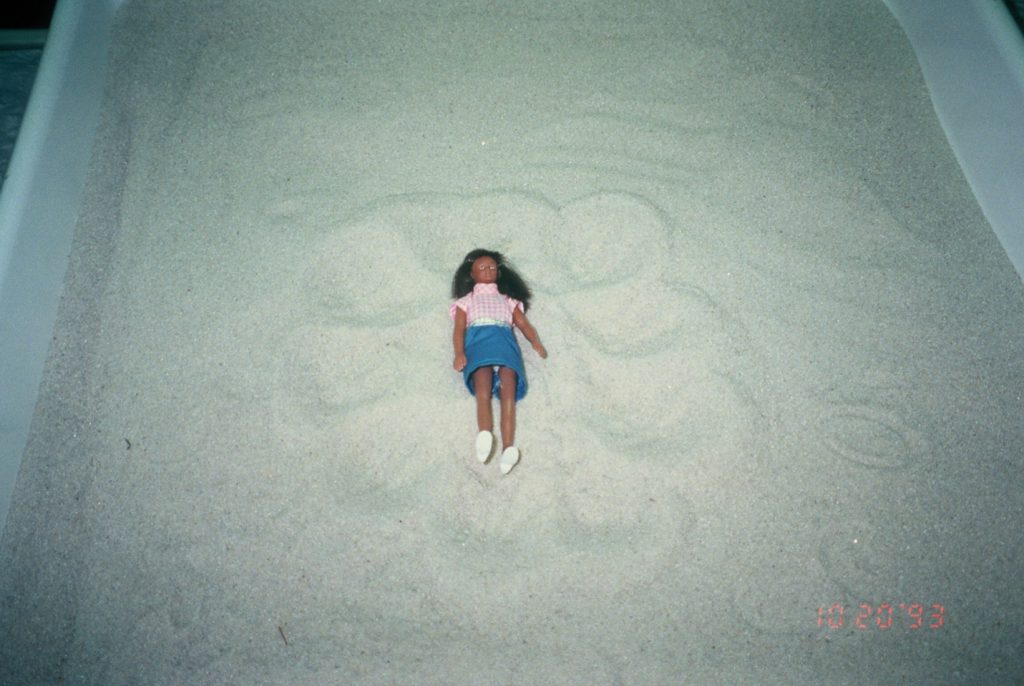
Latisha was anxious about violating the strict religious code of her new guardians. She felt this sand tray expression may not be welcomed by them. She wanted to take the tray down herself. As she did so, we both noticed how the sand formation from the candles created the shape of a flower around her mother’s body and acknowledged this verbally.
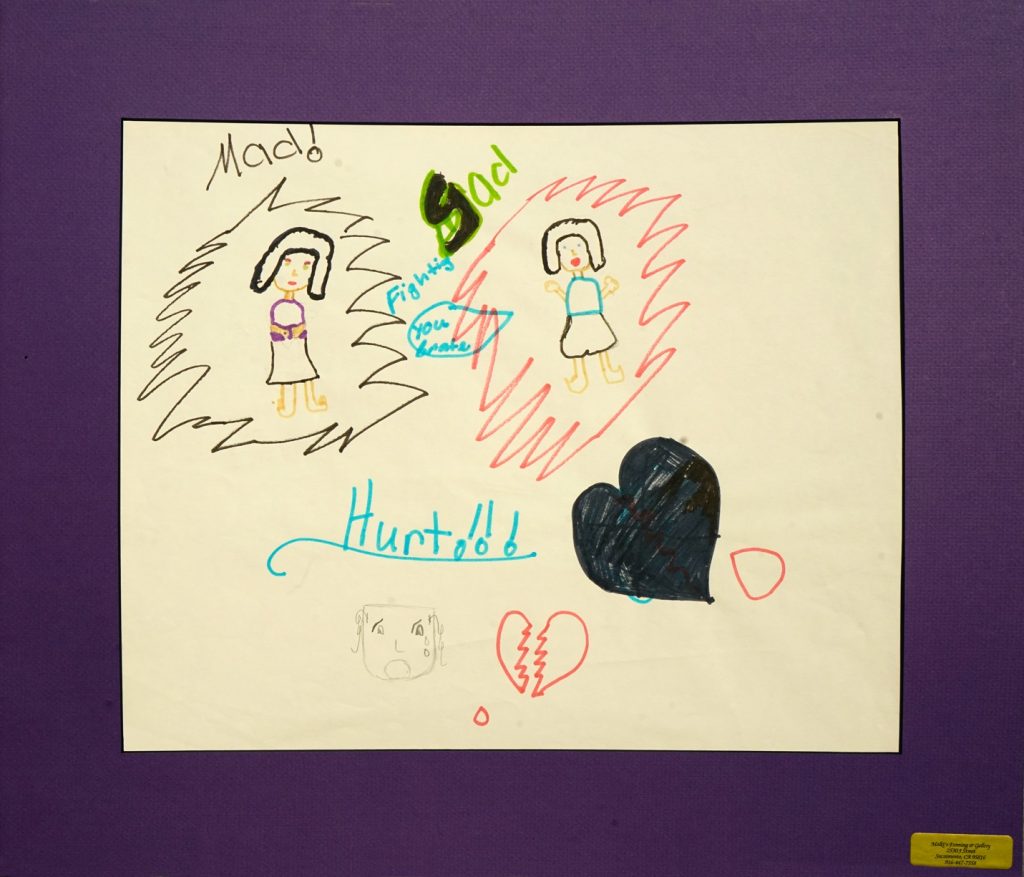
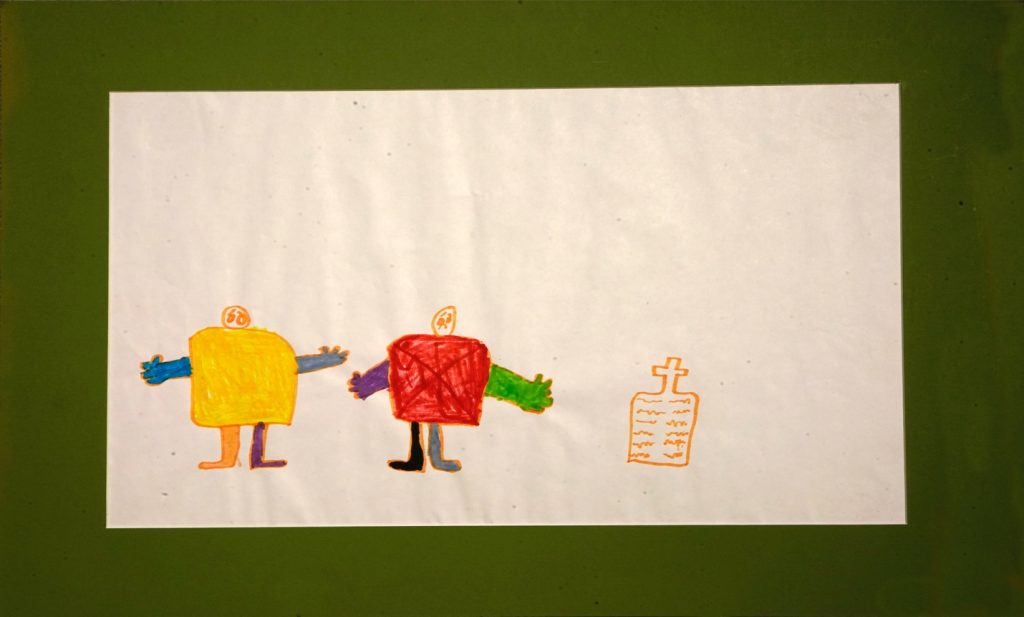
Just a Story
Nine-year-old Dionne felt too weary to play one day. She did want to tell me “just a story” about a “mom’s daughter who dies because of AIDS.” “Once upon a time, a mom had AIDS when she had her baby. Her baby didn’t live long. She only lived three years and it was almost her birthday. She can’t turn four years old. That mom who had AIDS, she had two other kids too—they didn’t die. But when their sister died, it took them a long time to get over it and move on with their life. All the time they heard a song called I Miss You, they would cry. A while after she died they felt like she was alive. They could not talk about it. If they did they would cry, even if people was in front of them.”
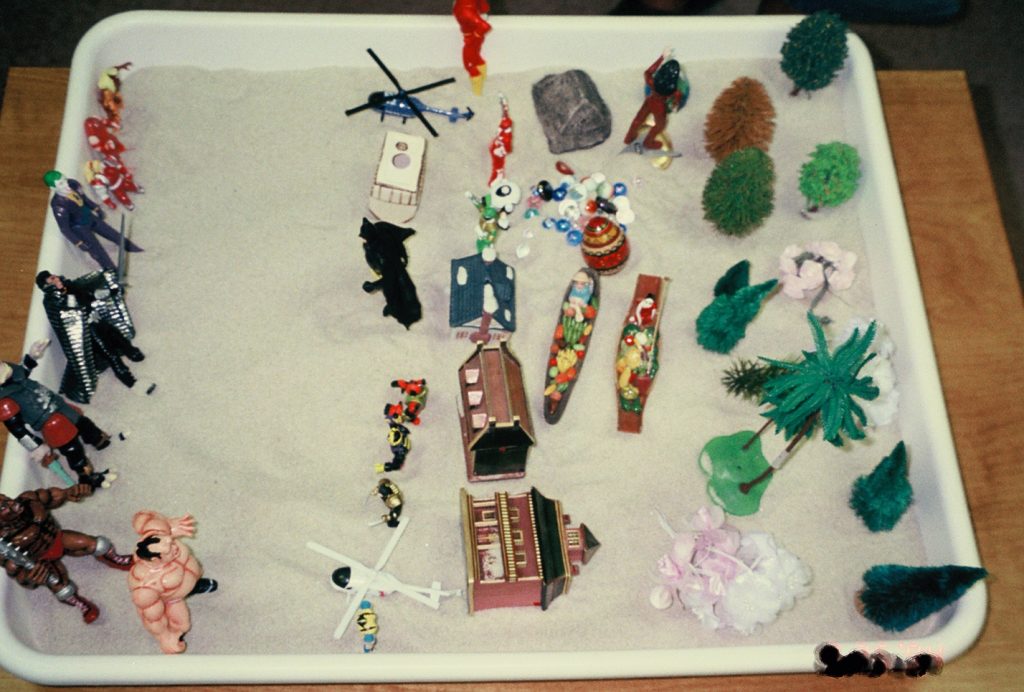
“All the bad guys are lined up. The Mohawk guy is the creator of the HIV virus and is the source of all pollution on Earth [left lower corner, red speedo, silver, spiked club, cut off a bit in this photo]. The good guys are trying to get to Hope Island where the gems and treasures are. The bad guys are trying to infect the treasures. The triangle house is the entrance or portal to Hope Island. The city is the neutral zone between the good guys and the bad guys. If Hope Island dies, Gaia dies.” 12-year old Thomas named this tray, “Gaia, the Spirit of the Earth.”

With a prompt of “you and your mom doing something together,” 11-year-old Steve needed help to go back in time to over one year prior. His mother was quite ill with end-stage disease. It had been some time since she was able to do something with him. Note the two people in the upper left. “Me and mom are up high and can see all around.”
Just a Dream
A six-year-old Eva whose mother had end stage disease told me this recurrent dream:
“I’m sleeping with my mom in her room. When I wake up she does not. I try and try to wake her up. I am scared. I know to call 911, but I’m too scared and I want her to wake up!”

